These Expert-Recommended Ski Goggles Will Help You Maximize Your Mountain Time
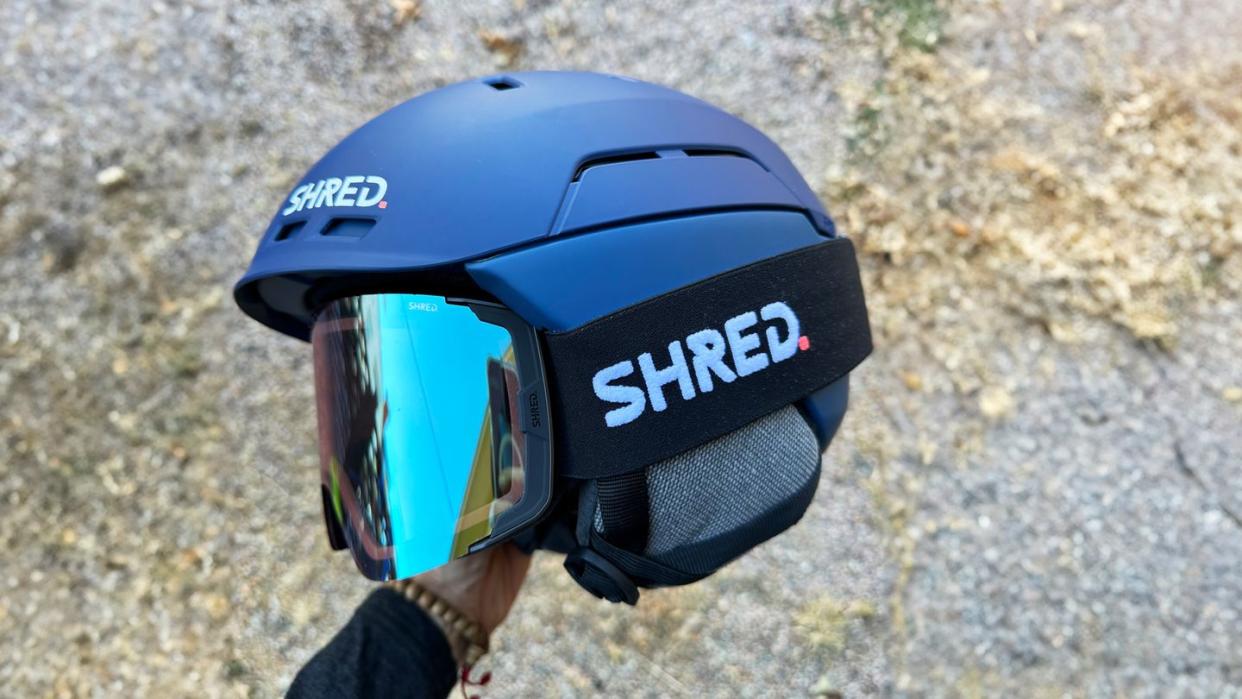
"Hearst Magazines and Yahoo may earn commission or revenue on some items through these links."
Even after three decades of testing goggles, I've found there is always something that can impact their performance. It could be as simple as the humidity, number of face plants you take, how your ski clothes are layered, or if you have to wear a mask or a balaclava.
Now, you might be able to get away with a great deal on a decent pair of goggles, but remember this: if you can’t see, you can’t ski. Vision is crucial. Especially for beginners and definitely on variable days with low light or flat light, or when it’s snowing. If it’s absolutely dumping snow and there’s a high moisture content, you’ll be challenged no matter what. You’ll be cursing yourself for trying to save a few bucks when your expensive day on the mountain is ruined because you can’t see the terrain in front of you.
In short, for an enjoyable, safe, and rewarding day you need goggles that won’t fog up easily, are comfortable, fit your face, and enhance your vision rather than impede it.
As I get older, I also have to take my regular eyesight into consideration. If you wear glasses, it may mean turning to contact lenses when you’re on the slopes. If you’re unable to wear contacts, there’s a great option for prescription goggles from SportRx. This brand makes one of the only high-end Rx inserts out there, which are compatible with a number of top tier goggle brands. Smith has also said it is coming out with a new prescription insert for ski goggles, so I definitely will be keeping an eye out for that as well.
In the meantime, take a peek at the best goggles you can buy right now.
Best Ski Goggles
Best All-Around Ski Goggles: Smith 4D Mag Goggle
Best Value Ski Goggles: Spy Ace Goggle
Most Comfortable Ski Goggles: Sweet Protection Clockwork Rig Goggle
Best Style Ski Goggles: Dragon NFX2 Goggle
Best Anti-Fog Ski Goggles: SHRED Amazify Goggles
The Expert: I’ve been a professional gear tester for more than 20 years, and it’s taken me to some amazing places. When I’m not out trying to break tents, shoes, bikes, and skis in a remote locale, I’m testing gear right out my back door at 9,000 feet above sea level in Colorado. Having been a writer and contributor to publications including Backpacker, Men’s Health, Gear Junkie, 5280, Elevation Outdoors and others, I delight in providing the context and experience that will help you make great gear choices—and have more fun outdoors.
What to Look for in Ski Goggles
Choose ski goggles based on how well you can actually see through them, but also how easily they fit and fasten. Then consider lens technology, lens tint, style and price.
Lens Shape
While there’s overall style, colors, helmet compatibility, and price, on closer inspection you’ll notice goggles tend to fall into a few key lens shape categories, and that can affect field of vision, clarity, contrast, and comfort.
Spherical: Spherical lenses curve both vertically and horizontally. Think of a ball shape— rounded on all sides. Spherical lenses are touted for a few key benefits including less fogging due to better airflow between the face and lens, less distortion thanks to enhanced peripheral vision, and less glare because light has no corners or sharp angles to land on.
Cylindrical: Cylindrical lenses curve horizontally around the eyes while remaining flat from top to bottom. They pop out less for a sleeker, lower profile fit and tend to work well for those who have a smaller face. Cons include an increased chance of fogging and possible visual distortion at the peripheral edges.
Toric: These lenses are the latest innovation that fall in between spherical and cylindrical. They curve both horizontally and vertically, but less so vertically than spherical lenses, and a bit more horizontally than cylindrical lenses. The idea is they best mimic the natural shape of the human eye. They’re not as common, but some brands tout that toric lenses combine the best elements for enhanced peripheral vision, reduced glare, minimal distortion, and ideally, reduced chances of fogging.
Locking System
Magnets and clasps are the most common types of lock systems for goggles that allow for switching between lenses. Magnets add to ease of use when you need to make a quick adjustment in the middle of your run or on the cold lift, while clasps offer a clunkier but simpler, and potentially more reliable, option to keep your goggles in place.
Tints and Tech
Goggles feature anti-fog coating, oleophobic properties for oil and smudge resistance, hydrophobic treatment for water protection, and spherical lens shape for better peripheral vision. Lenses also come in a variety of tints. Some colors are all-purpose, while others are best for low visibility conditions, bright sunshine, or rapidly changing weather patterns. Without the right tint, it becomes even more challenging to pick out details in your environment.
Polarization
Polarized lenses translate to anti-glare, but this feature can add to the cost. Bright days and cutting sun rays can get in the way of clear vision and, therefore, your performance, so polarized lenses can be a benefit. Skiers who encounter a lot of icy runs might want to stay away from polarized lenses because they can make it hard to differentiate snow features from a distance without the glare.
Complete Your Kit: Best Ski Boots • Best Men's Ski Jackets • Best Women's Ski Jackets•Best Ski Helmets
How We Selected Ski Goggles
To pick the best goggles, I relied on my decades of testing combined with an annual refresher of looking at almost every brand and innovation out there. In testing, the following was taken into consideration: fit and comfort, durability, features, performance, and price. At all times of ski hills, I put the best goggles to the test head-to-head to bring you these recommendations for all types of skiers and riders.
4D Mag Goggle
These goggles offer among the widest fields of vision of any pair that I’ve tried. Look up, down, and all around without any obstruction to your sight. They also offer the best tech for the price, although they aren’t inexpensive by any standard.
The plush foam rests like a cloud on your face and cheeks to eliminate pressure points and air flow. You’d never know you were even wearing goggles if it weren’t for the optical technology that makes everything appear crisper and clearer under any light condition than the natural eye could achieve on its own.
Don’t mistake these for minimalist goggles because they do take up some real estate on your face, but the extra bulk is worth the uncompromised clarity and visibility that the Smith 4D Mag goggles provide.
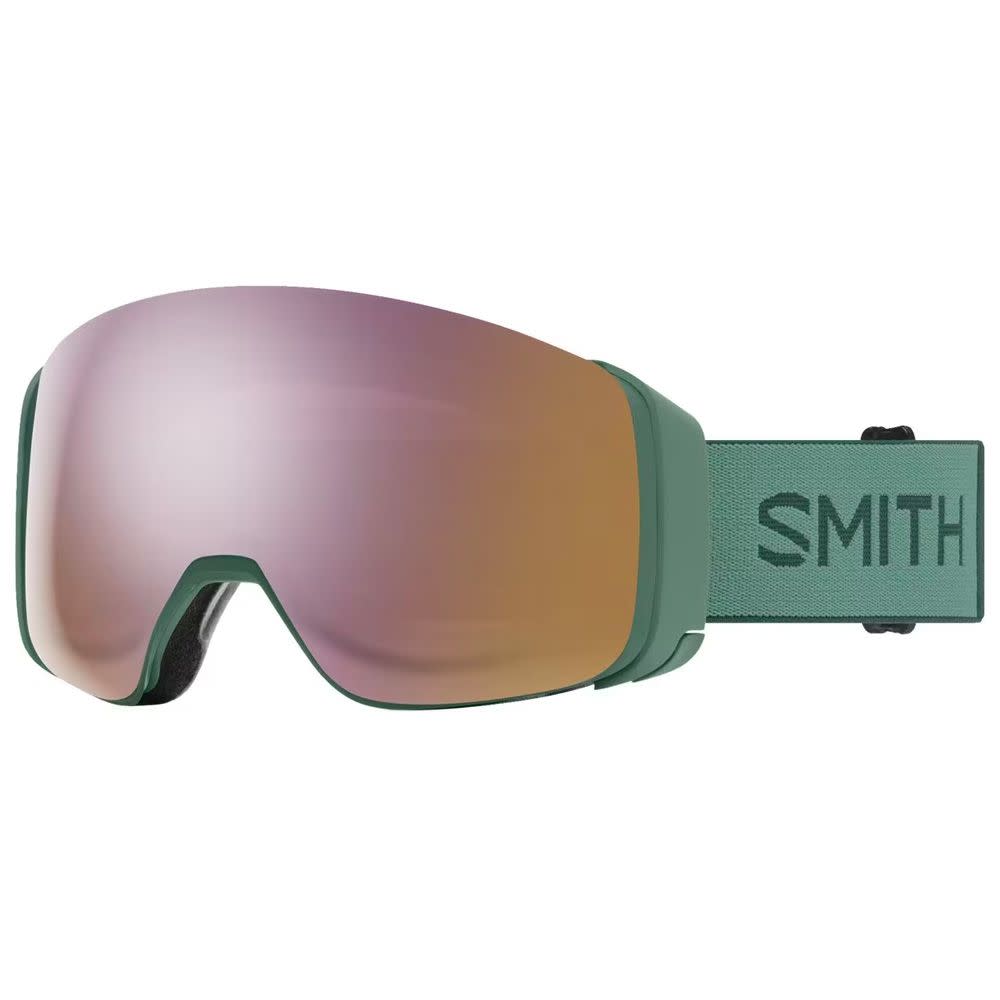
4D Mag Goggle
backcountry.com
$225.00
Ace Goggle
Get the best bang for your buck with an option from a classic brand: Spy’s Ace Goggle. Each pair comes with two interchangeable lenses for bright and low-light conditions. Cylindrical rather than spherical lenses help cut down on price, but this design also makes it possible for the lenses to sit closer to your face for the sake of reduced distortion.
Triple-layer foam provides a comfortable fit, and Scoop ventilation technology does an excellent job of preventing goggle fog—even compared to more high-end models. Swapping out lenses (which you’ll want to do pretty frequently since these lenses cater more toward the extremes of high- and low-light) will take some practice and requires a bit more effort than with magnetic systems. Just don’t wait until you’re already on the lift to figure it out.
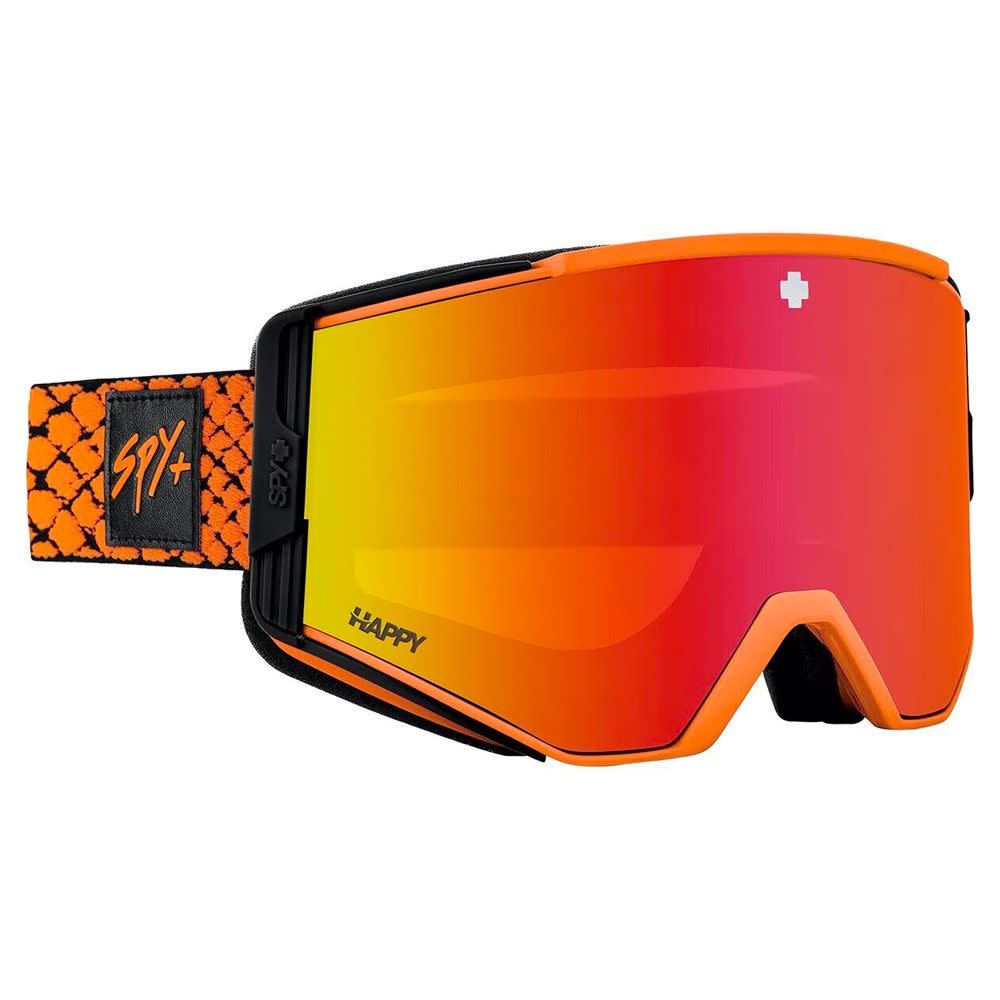
Ace Goggle
backcountry.com
$130.00
Clockwork Rig Goggle
Bigger isn’t always better, and for that there is the Clockwork Rig goggle from Sweet Protection. This goggle sits closer to the face in a low-profile, low-volume position to ensure a snug fit. Not only does it feel light and unobtrusive on your face, the Clockwork also prioritizes comfort when it comes to your vision.
Protective vents equalize pressure levels within the goggle to account for the variable atmospheres you’ll encounter on the mountain, helping to minimize strain on your eyes. On top of that, RIG lens technology boosts contrast in your line of sight to further reduce eye fatigue. With the Clockwork, you won’t have to worry about your eyes tapping out before your legs.
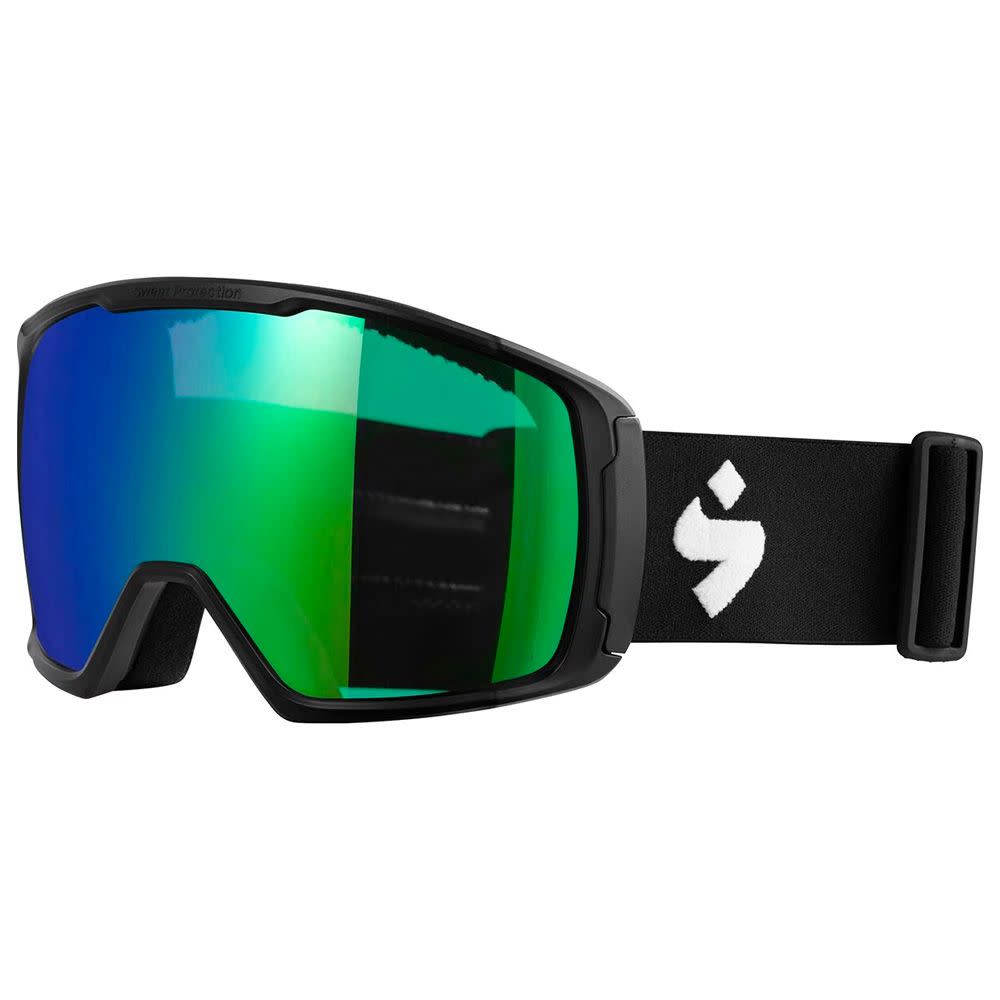
Clockwork Rig Goggle
backcountry.com
$104.00
NFX2 Goggles
Dragon was perhaps the first brand to popularize frameless goggles, and the NFX2 model epitomizes that sleek design. Without a bulky frame to get in the way, these goggles treat you to an unobstructed field of vision in all directions. It also allows this goggle to take up less space on your face without compromising peripheral vision.
These also offer a cylindrical lens with a retro vibe that’ll never go out of style, and won’t make you look bug-eyed. Combined with an artistically rendered strap, you’ve got yourself a goggle that checks the box for function as well as for fashion. The lens swap system is one of the easiest we’ve worked with, which makes the NFX2 adaptable across variable light conditions.
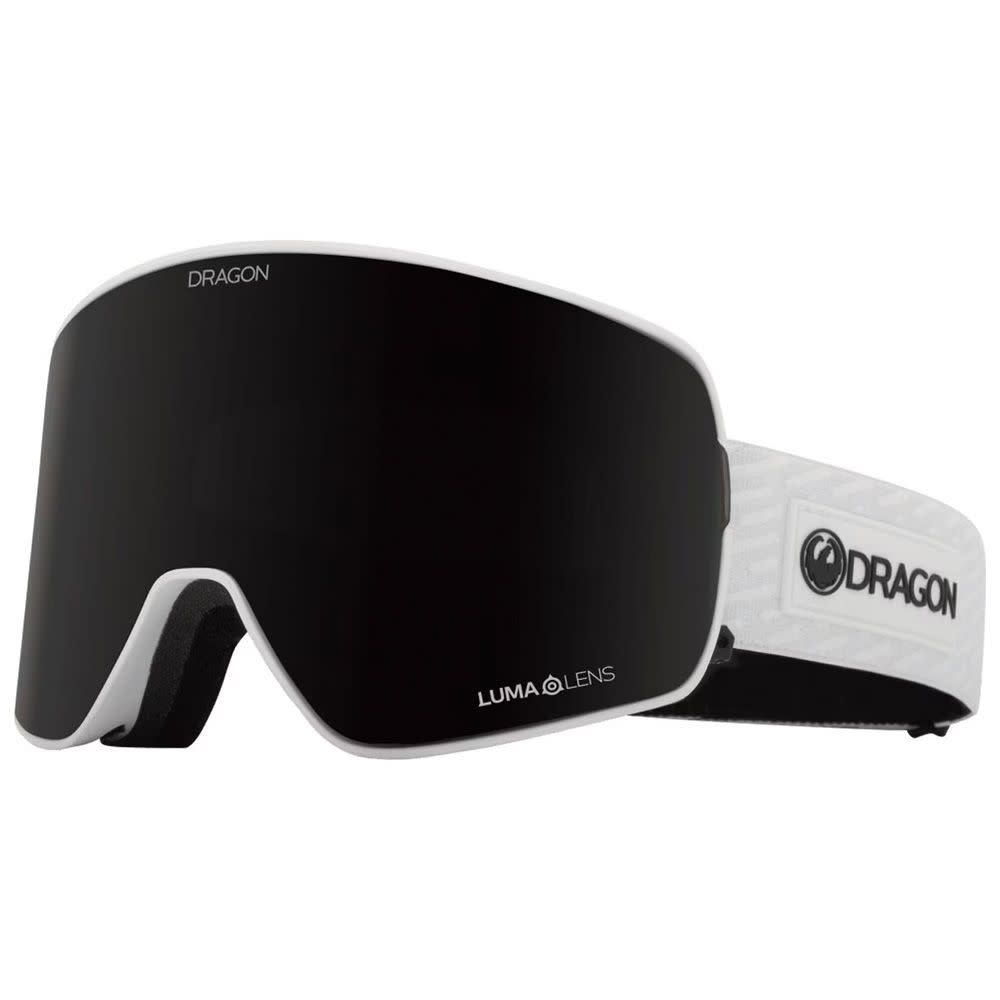
NFX2 Goggles
backcountry.com
$219.95
Amazify Goggles
The Amazify Goggle from SHRED does a lot of things well, but its anti-fog capabilities are what caught our attention this season. Vents on both the top and bottom of the goggle, plus an especially effective anti-fog treatment on the lenses themselves, make this pair of goggles one of the best options for avoiding annoying—and even dangerous—lens fogging.
Hydrophobic treatment on the vents helps prevent the accumulation of snow along the rims, further enhancing your chances of not fogging. “NODISTORTION” lens technology on the precision fit foam targets pressure changes when moving through various altitudes during a day at the resort.
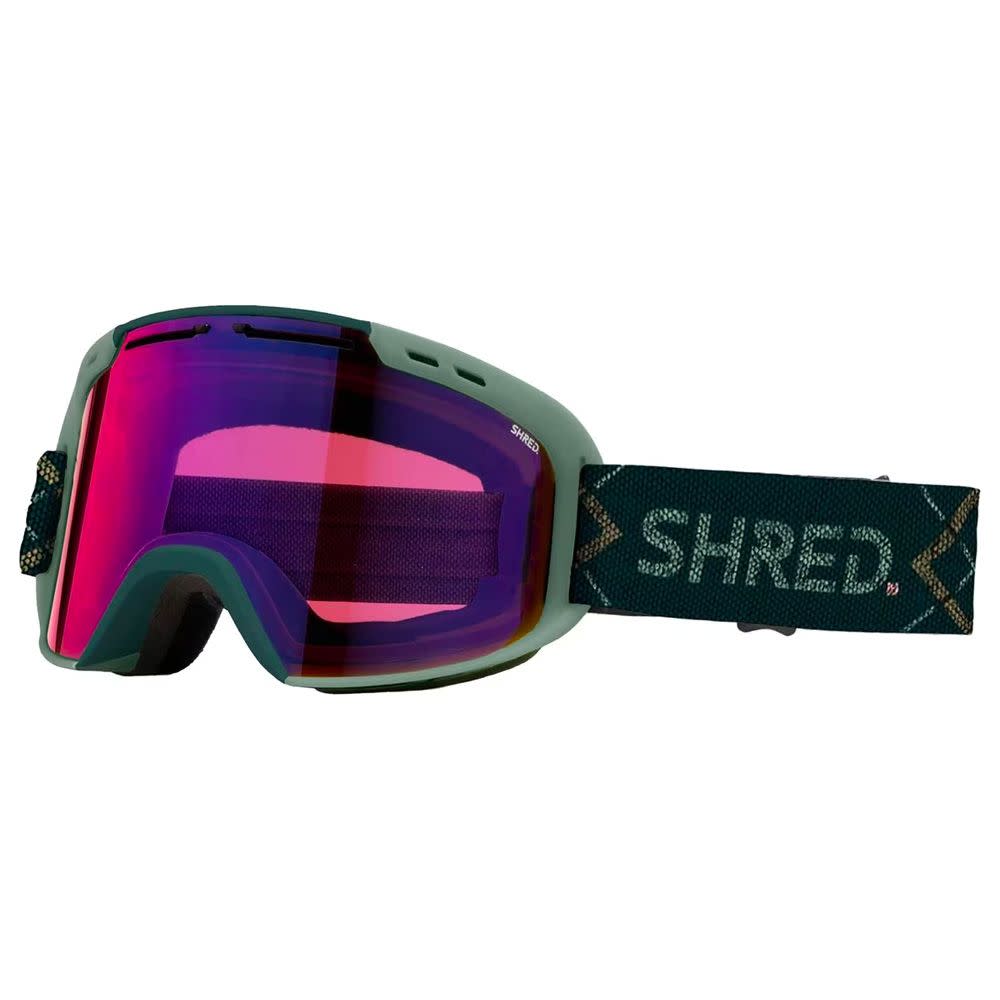
Amazify Goggles
backcountry.com
$159.95
Four Pro HD Goggles
The Atomic Four Pro High-Definition Goggle puts visibility first and foremost. HD technology separates light into a range of colors, allowing the lens to better distinguish between hues for high contrast, which is especially important as the clouds roll in.
Sticking with a classic cylindrical lens means you’re getting prime peripheral coverage and a better price tag as well. The “Live Fit Frame” uses three layers of foam that adapt to your individual facial structure, boosting comfort while also eliminating gaps to protect your eyes from wind burn and prevent fogging. With the Four Pro from Atomic, you no longer have to fear the dreaded low-definition flat light.
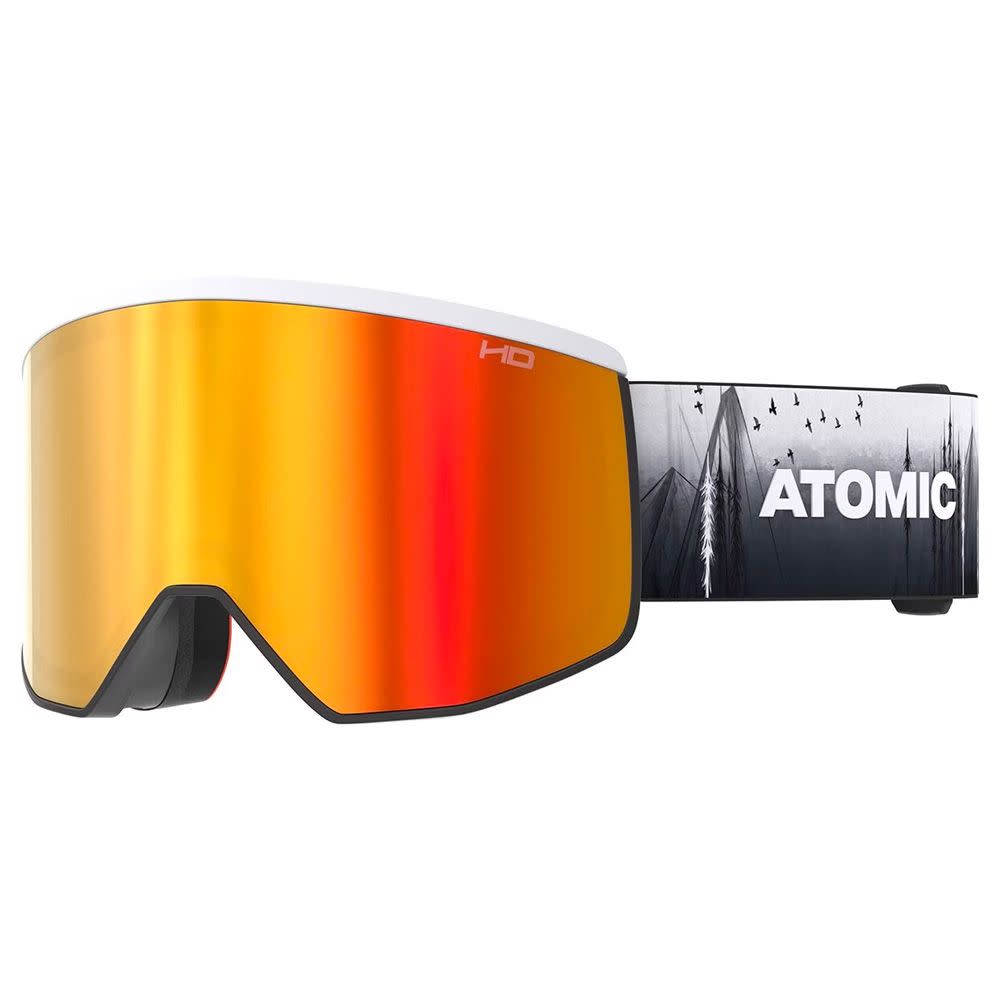
Four Pro HD Goggles
backcountry.com
$160.00
Flight Path Goggles
Oakley redefined oversized goggles with the Flight Path, and it remains a highly relevant model. The lenses provide a purported 19% increase in field-of-vision compared to the brand's other designs, which are already known for all-around visual clarity.
These aren’t entirely frameless, but they might as well be, given how well the minimalist frame along the top and sides of the goggle stays out of sight. These optically driven goggles were designed with the needs of airline pilots in mind, using Prizm lens technology for exceptional depth perception, combined with HDO technology for enhanced sharpness.
Both the shape and structure of the lenses, as well as the two types of infused lens tech set the Flight Path goggle apart.
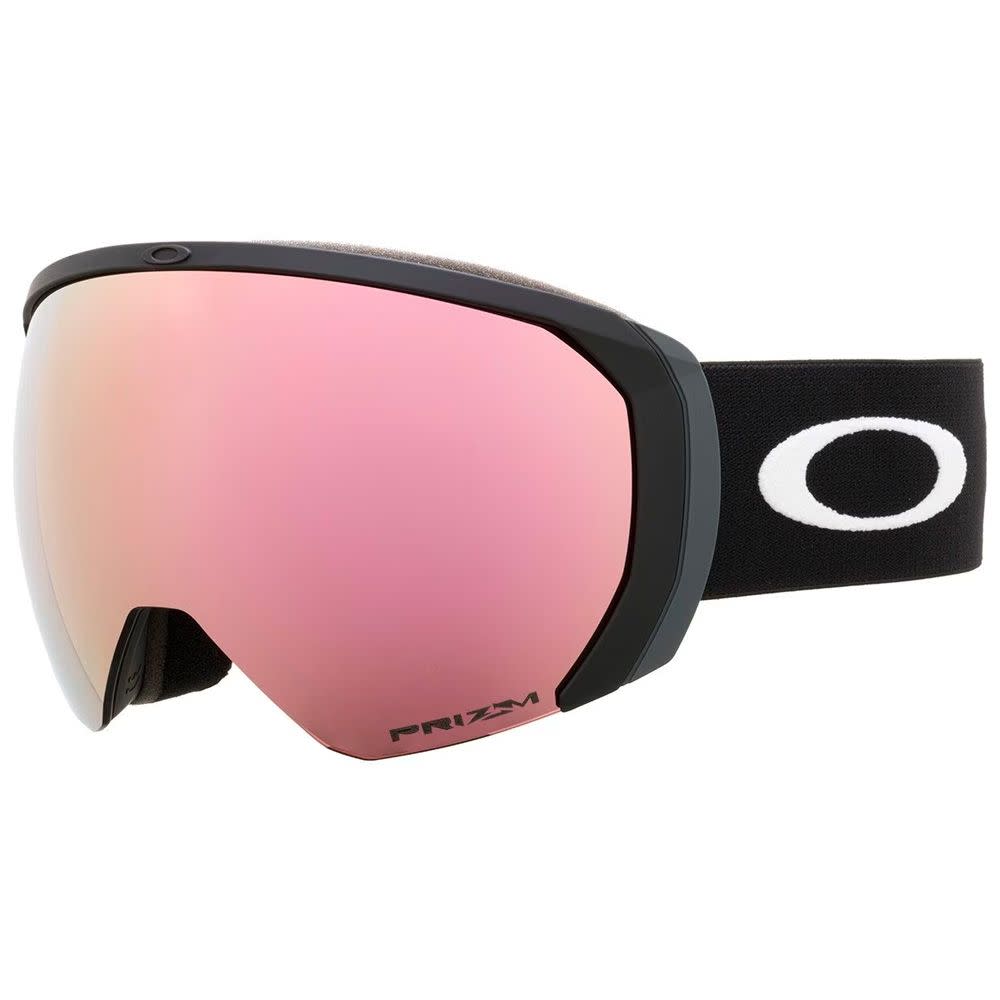
Flight Path Goggles
backcountry.com
$227.00
WM3 MFI Goggles
Often, women’s-specific ski goggles sacrifice optics for size, but not so with the new Anon WM3. It combines a large, cylindrical lens with a small, low-profile frame so female skiers and riders don’t have to sacrifice vision quality for a secure fit.
Additionally, Anon’s women’s-specific fit eliminates unwelcome fogging or moisture encroachment from gaps between frame and face. Triple-layered foam molds to the specific contours of your face for even more security. In short, these goggles aren’t going anywhere until you decide to take them off.
Magnetic MFI compatibility with a detachable balaclava adds another layer of protection, without the frustration of managing air flow that you normally experience when combining goggles with face masks. This is an all-in-one ski vision solution that women can count on for a day on the slopes.
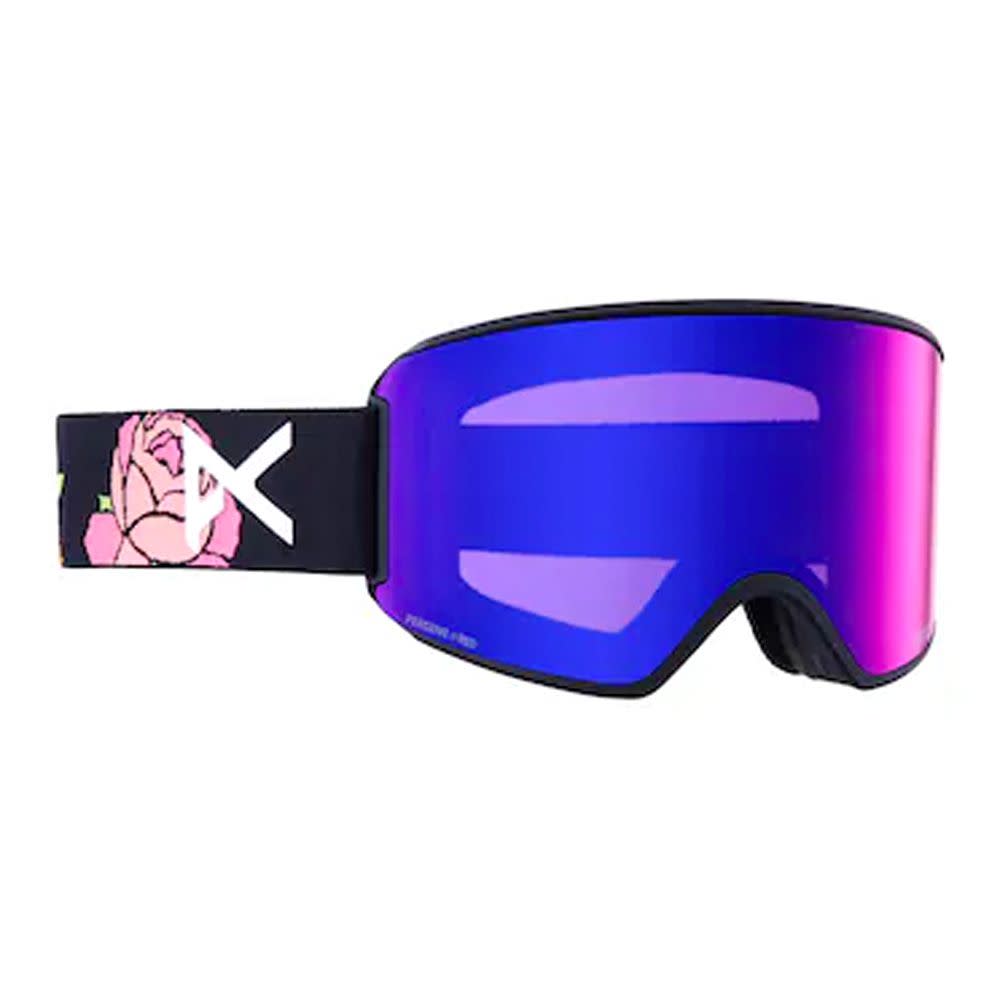
WM3 MFI Goggles
burton.com
$195.96
Wear prescription glasses? Do you really need to use that clunky goggles case? Our expert Aaron Bible weighs in.
What if you wear glasses? How does that affect the fit of your goggles?
Wearing glasses with goggles is tricky. If you have to wear corrective lenses to safely ski and enjoy the day (I do), then go with contact lenses if possible. This way you can wear any of the goggles and sunglasses you want to throughout the day.
I also have a pair of prescription goggles, and a pair of what is called OTG goggles (over the glasses). Neither work well. I have not tried a visor-style helmet over my eyeglasses while skiing but I’ve heard it works.
Where do you store your goggles when not using them?
Every pair of goggles, especially nice ones, comes with a case and, at the very least, a sleeve. The sleeve is also a cleaning cloth. Some of these cases are elaborate, huge and store extra lenses. It gets to be a bit much. I have a couple of goggle cases that fit in my helmet when in transit. Occasionally I'll use the cases but I will keep the goggles in their sleeves when not in use.
When I keep my goggles on my helmet (which is usually), then I put the whole set up in the bag that comes with the helmet. How careful you want to be about protecting your lenses is up to you, but a scratch on the lens of an expensive pair of goggles is a huge bummer.
How many pairs of goggles is too many?
I don't think it's unreasonable to own three to five pairs especially if you’re out on the slopes using them, breaking them and replacing them.
Frame or frameless?
This is a good question, as “frameless” style goggles have certainly gained more prominence and, in many cases, have a cooler and more modern style. But “frame” style goggles are still popular, especially for less expensive models, youth models, and most models that offer interchangeable lenses.
You’re not necessarily gaining peripheral vision with frameless goggles, although in some cases they offer a fuller field of vision, but you’re still restricted somewhat by the foam padding that is crucial for creating a fog-proof seal.
Is a quick-change lens system worth it if you ski in a range of conditions?
I would say absolutely. Lots of people swear by interchangeable lens systems and do switch them out in the morning based on light conditions and even several times during a day as the sun and weather moves in and out.
These have gotten much better, and seemingly every top brand offers an interchange system that is fast and intuitive. Many use small magnets and have proprietary snap-in systems that work well. It’s great when the goggles come with a low-profile padded case for the extra lens to carry with you and swap out on the lift based on changing conditions.
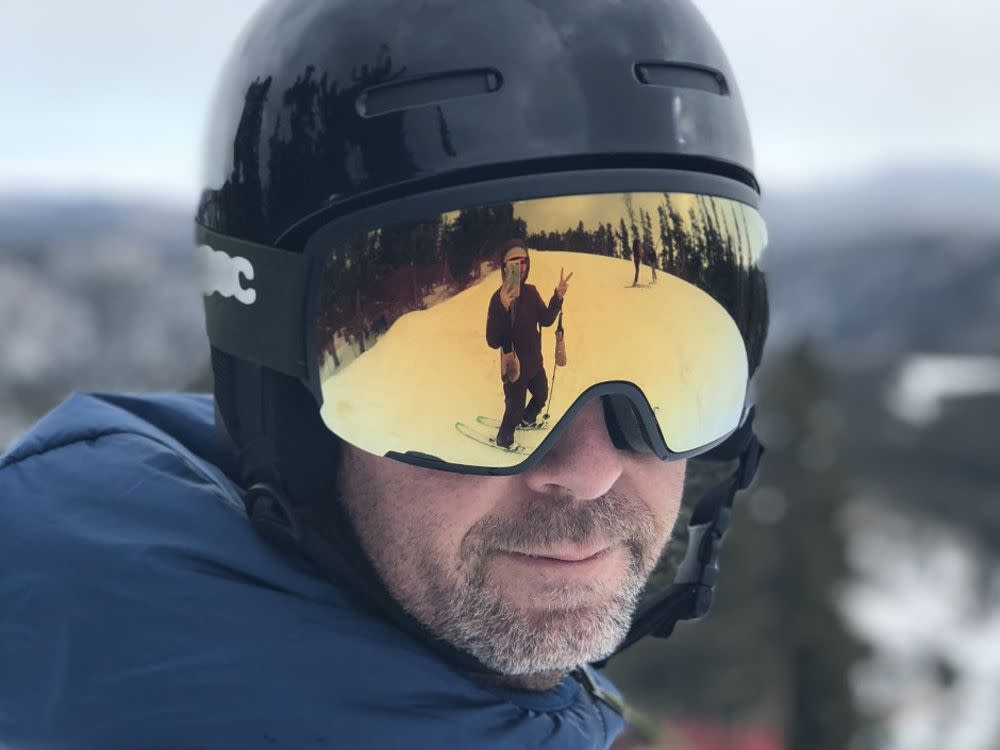
You Might Also Like
